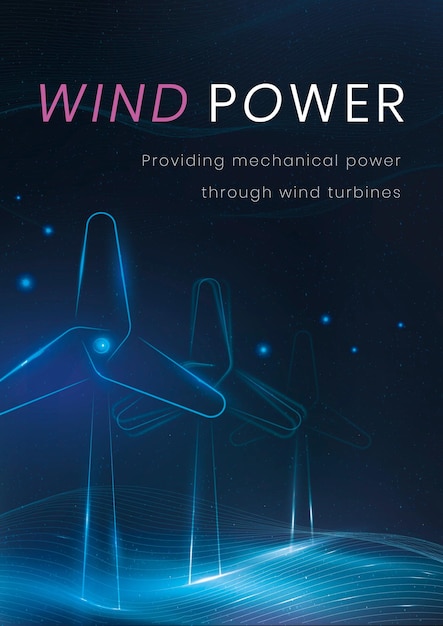Balancing the Future: Power Technologies Unveiled

Jeff Gruetter from Linear Technology talks about the benefits of using power ICs in vehicles to enhance safety, performance, and reduce emissions.
Globally, new laws are pushing the auto industry to improve emissions control and safety in vehicles. This, combined with industry competition and what consumers want, is also boosting the need for better connectivity between cars, the cloud, and personal gadgets.
Strategy Analytics predicts that the demand for semiconductor devices is set to grow by 5% annually, reaching over $41 billion by 2021. They highlight that microcontrollers and power components will account for over 40% of this revenue.
Strategy Analytics provides data that clearly shows the increasing role of power ICs in automotive electronics growth. The newest power ICs need to:
– Be highly efficient to manage heat and maximize battery life.
– Work with various battery voltages, whether single-cell in cars or dual-cell in commercial vehicles, despite voltage swings.
– Draw very low standby power to keep systems like security, climate control, and entertainment running without draining the battery when the engine is off.
– Operate at switching frequencies of 2MHz or higher to avoid interfering with AM radio and to save space.
– Minimize EMI and EMC emissions to reduce electronic noise interference.
The goal is to use advanced power ICs to make vehicles more comfortable, safer, and lower their emissions. This includes new safety features like lane monitoring and adaptive safety controls, automatic headlights, and infotainment systems that support more cloud-based functions. Improvements in engine management, drivetrain, and chassis also aim to boost comfort, safety, and performance. Features once found only in luxury cars are now common in many vehicles, driving the growth of automotive power ICs even more.
The growth of vehicle electronics is not just limited to cars; it’s also significant in commercial vehicles like trucks, buses, and forklifts. These often use dual batteries. Designers in the automotive industry want power ICs that can work for both single-cell automotive and dual-cell commercial applications.
Cars typically use a 12V system, with power ICs needing to handle inputs as low as 3.5V during cold starts and stop-start operations. Commercial vehicles with dual batteries usually operate at 24V and need protection up to 60V during load dumps. In such vehicles, the minimum required battery voltage is 7V, which is less stringent than in single-cell systems.
In essence, the adoption of advanced power ICs is key to making future vehicles more efficient, safer, and connected, benefiting both consumer and commercial markets.